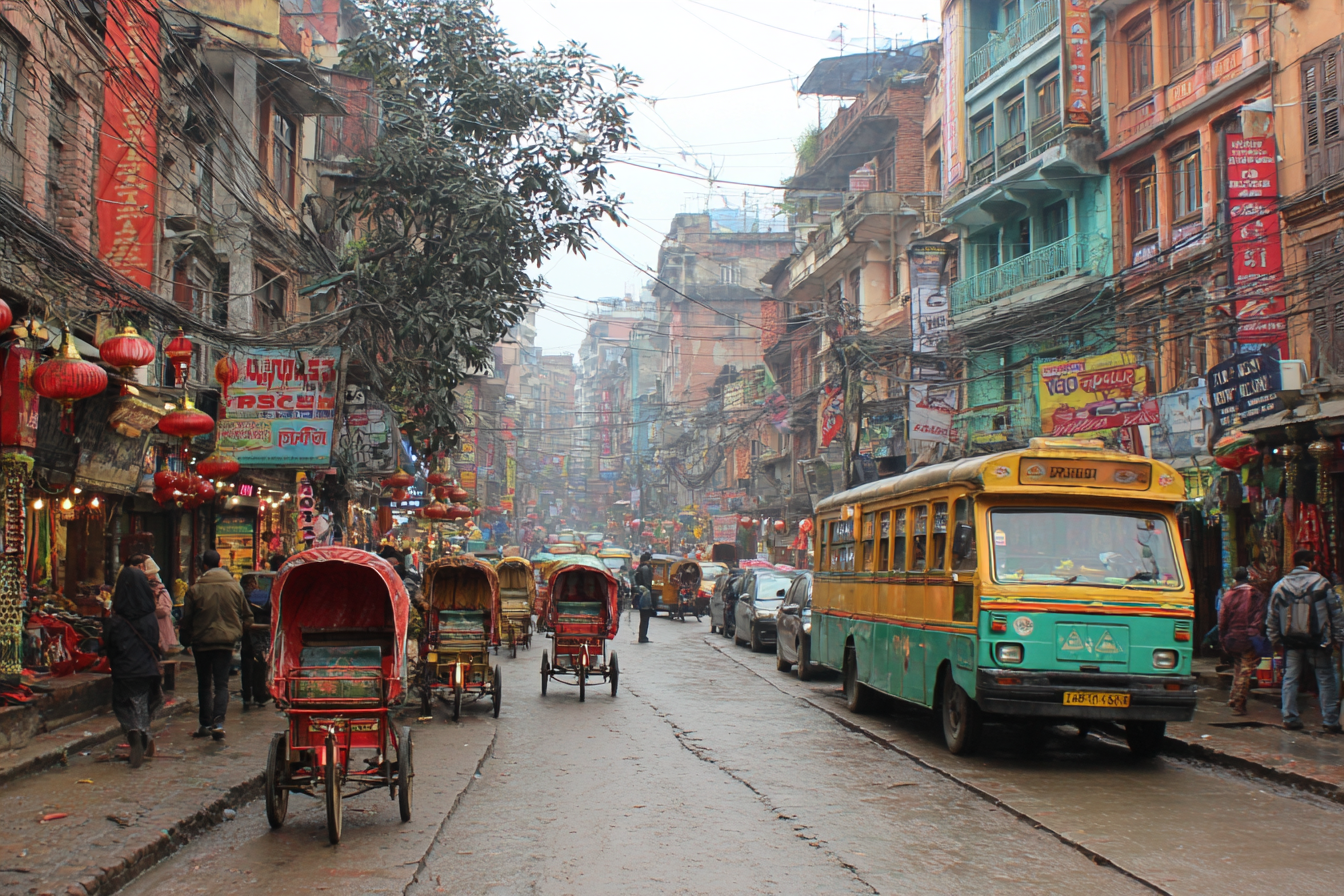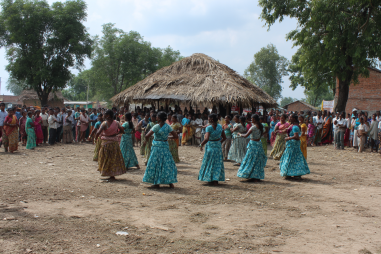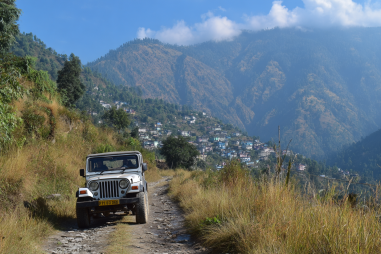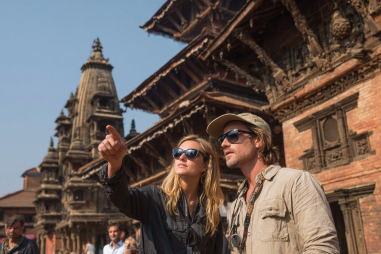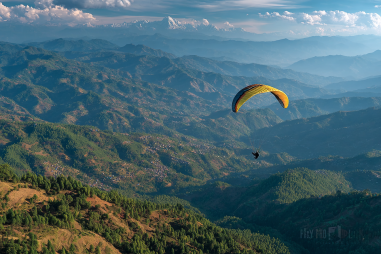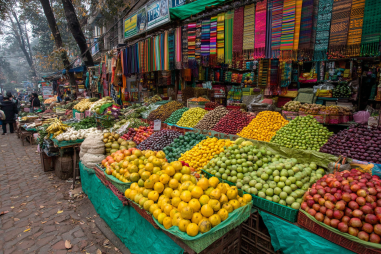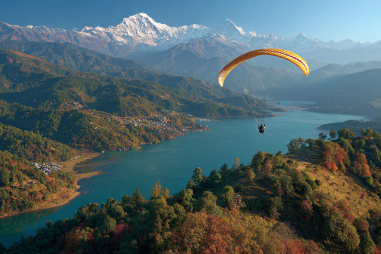Navigating the bustling streets of Kathmandu can be an adventure in itself, but with the right knowledge, getting around the city becomes much easier and more enjoyable. Whether you’re a first-time visitor or planning to stay for an extended period, understanding the various transportation options, routes, and tips can enhance your experience and save you time and money. This comprehensive Kathmandu transportation guide will walk you through the different ways to move around the city, from local buses and tuk-tuks to taxis and walking paths, helping you travel like a local and explore the vibrant urban landscape with confidence.
Overview of Transportation Modes in Kathmandu
Kathmandu offers a variety of transportation modes catering to different budgets and travel needs. The city’s transportation system is a mix of traditional vehicles and modern services, reflecting its unique cultural fabric and rapid urban development. The main options include local buses and microbuses, private taxis and car rentals, tuk-tuks (three-wheeled auto rickshaws), bicycle rickshaws, ride-sharing apps, and of course, walking for shorter distances. Each mode has its advantages and challenges, so choosing the right one depends on your destination, time, and preferences.
Using Local Buses and Microbuses
Local buses and microbuses are the backbone of Kathmandu’s public transportation system. They are an affordable way to get across the city and reach areas that might not be easily accessible by other means. Buses typically operate on fixed routes between major points in Kathmandu and its outskirts. However, the system isn’t as organized as in some global cities—there are no official bus stops, and the schedules can be irregular.
Microbuses are smaller and tend to be faster since they can navigate narrow streets more easily. They often provide service on popular routes. One thing to keep in mind is that buses and microbuses can get crowded, especially during peak hours (morning and evening rush). Be prepared to stand and keep your belongings close.
Fares are very cheap, usually costing just a few Nepalese rupees. Often, you pay the driver or a conductor onboard. If you’re unsure about your stop, don’t hesitate to ask the driver or fellow passengers—they are generally helpful to tourists.
Renting Taxis and Private Cars
If you prefer a more comfortable and direct mode of transport, taxis and private car rentals are widely available in Kathmandu. Metered taxis exist but are limited, and many drivers prefer to negotiate a fixed fare upfront. Before starting your ride, always agree on the price to avoid surprises later. Taxis can be hailed on the street or booked through hotels and travel agencies.
Private car rentals with or without a driver are also popular among tourists who want flexibility in exploring Kathmandu and neighboring areas like Bhaktapur or Nagarkot. Hiring a car with a driver is often recommended since local drivers are familiar with traffic patterns and routes, which can significantly reduce travel stress.
For self-drive rentals, keep in mind that Kathmandu’s road conditions and traffic might be challenging for first-time visitors. Driving is on the left side, and traffic rules may not always be strictly followed, so caution is essential.
Tuk-tuks and Bicycle Rickshaws
Tuk-tuks are iconic in Kathmandu and provide a fun, quick way to navigate short distances, especially in crowded and narrow streets where larger vehicles struggle. These three-wheeler auto rickshaws are ideal for solo travelers or small groups and are quite affordable. As with taxis, always confirm the fare before starting your ride.
Bicycle rickshaws are less common but still operate in some parts of the city. They offer a slower, environmentally friendly option to explore markets, historical sites, and neighborhoods. Riding in a rickshaw gives a more immersive experience of local street life, but because they don’t move fast, they’re best for leisurely travel within compact areas.
Walking Routes and Pedestrian Safety
Many parts of Kathmandu’s city center, especially tourist hubs like Thamel, Durbar Square, and Asan Bazaar, are best explored on foot. Walking allows you to absorb the local culture, stop spontaneously at shops and eateries, and navigate narrow alleys inaccessible by motorized vehicles. Sidewalks exist in some areas, but pedestrian infrastructure is not fully developed everywhere.
When walking, stay alert as traffic might be chaotic, and vehicles sometimes disregard pedestrian crossings. Always watch out for motorcycles and tuk-tuks weaving through traffic. Avoid walking alone in poorly lit or isolated areas at night for safety reasons. Comfortable shoes are recommended due to uneven pavements and cobblestone streets.
Airport Transfers
Tribhuvan International Airport is the main gateway to Kathmandu, located around 6 kilometers from the city center. For airport transfers, several options are available:
- Taxi: Prepaid airport taxis offer a hassle-free and safe transfer to your accommodation. You can find the prepaid taxi counter inside the arrival terminal.
- Private Car: Many hotels or travel companies provide airport pick-up services with drivers, which can be booked in advance.
- Ride-Sharing: Ride-sharing services also operate from the airport, but availability may depend on timing and demand.
- Public Transport: Local buses to and from the airport are available but not very convenient if you have heavy luggage.
Given the varying road conditions and traffic in Kathmandu, allow ample time for airport transfers to avoid stress during arrivals or departures.
Ride-sharing Services Availability
In recent years, ride-sharing apps like Pathao and Tootle have become increasingly popular in Kathmandu. These services operate similarly to Uber or Lyft, connecting passengers with motorbike or scooter drivers through smartphone apps. They are an excellent option for quick, affordable, and convenient transport around the city.
Benefits of ride-sharing include transparent fare estimates, digital payments, and the ability to track your ride. For those comfortable with apps and smartphones, these services reduce negotiation hassles and provide a safer experience. However, ride-sharing options are primarily motorbikes, so they might not be suitable for travelers with large luggage or those uncomfortable with two-wheelers.
Tips to Avoid Traffic Jams
Kathmandu is famous for its traffic congestion, especially during peak hours and in popular areas. To avoid spending excessive time stuck in traffic, consider the following tips:
- Travel off-peak: Avoid traveling between 8-10 AM and 5-7 PM when roads are most crowded.
- Use smaller vehicles: Tuk-tuks, motorcycles, and ride-sharing motorbikes can maneuver through traffic more effectively than cars.
- Walk short distances: For nearby destinations, walk instead of driving to skip traffic altogether.
- Plan routes: Ask locals or use navigation apps to find less congested streets, especially avoiding major thoroughfares during rush hours.
- Be patient and stay calm: Traffic jams are common; keeping a relaxed mind helps make journeys less stressful.
Travel Smarter Around Kathmandu
Kathmandu’s transportation system may seem overwhelming at first glance, but with a little preparation, it can be navigated smoothly. Combining various modes—using public transport for budget travel, taxis or ride-sharing for convenience, and walking for immersive experiences—will let you enjoy the city to the fullest. Remember to negotiate fares upfront, stay aware of your surroundings, and keep essential apps handy for navigation and ride-hailing. By adopting these practical tips and embracing local travel culture, you’ll turn exploring Kathmandu into a memorable part of your adventure.

